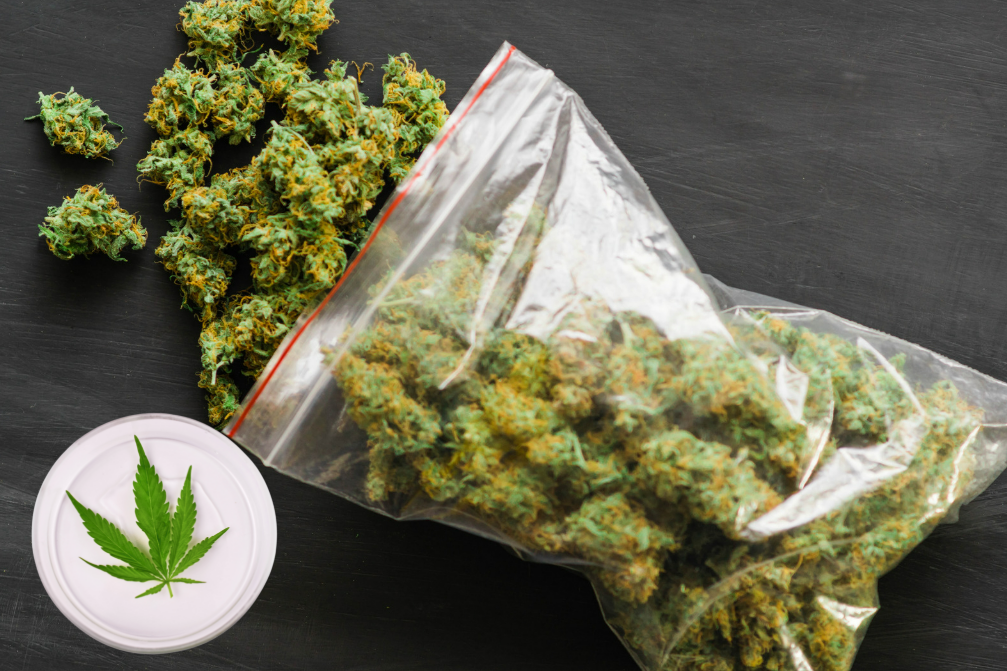Why Is Colorado So Dangerous? Understanding the Risks and Challenges

Colorado is renowned for its stunning landscapes and vibrant outdoor lifestyle, but the state also presents a unique set of challenges that contribute to its reputation as being dangerous. From natural disasters to social and legal concerns, understanding these issues can help residents and visitors navigate Colorado safely and responsibly.
High Altitude and Its Effects
- Colorado’s elevation, with much of the state sitting over 5,000 feet above sea level, poses unique challenges for residents and visitors.
- High altitude can cause altitude sickness, with symptoms like headaches, nausea, and shortness of breath, particularly for those unaccustomed to it.
- Reduced oxygen levels can exacerbate medical conditions and impair judgment, especially during outdoor activities.
- For more on high-altitude health risks, visit the Centers for Disease Control and Prevention (CDC).
Extreme Weather Conditions
- Colorado experiences rapidly changing weather, including sudden snowstorms, hail, and strong winds.
- Winter conditions make driving treacherous, especially in mountainous areas prone to icy roads and avalanches.
- Thunderstorms can produce flash floods and lightning strikes, which are common in the state’s rugged terrain.
- Learn about Colorado’s extreme weather patterns from the National Weather Service.
Wildlife Encounters
- Colorado is home to a variety of wildlife, including bears, mountain lions, and elk, which can pose risks to hikers, campers, and drivers.
- Animals are often attracted to food left by humans, increasing the likelihood of dangerous encounters.
- Vehicle collisions with wildlife are also a significant hazard, particularly on rural and mountain roads.
- For safety tips, explore resources from Colorado Parks and Wildlife.
Outdoor Recreation Risks
- Popular activities like hiking, skiing, and rock climbing come with inherent dangers, including falls, avalanches, and hypothermia.
- The state’s backcountry areas are especially risky due to unpredictable weather and lack of cell service.
- Inexperienced adventurers may underestimate the physical demands of outdoor activities in Colorado’s challenging environments.
Traffic and Roadway Hazards
- Colorado’s roadways, particularly mountain passes, can be extremely dangerous due to steep grades, sharp turns, and icy conditions.
- Heavy tourist traffic and an increase in population have led to congestion and a rise in motor vehicle accidents.
- Impaired driving, often related to marijuana or alcohol consumption, further contributes to roadway dangers.
Wildfires and Natural Disasters
- Colorado’s dry climate and high winds create ideal conditions for wildfires, which threaten homes, wildlife, and human safety.
- Flash floods often follow wildfires, as scorched earth is less capable of absorbing water.
- Earthquakes, while less common, also pose potential risks in some areas of the state.
- For information on wildfire risks, visit Ready.gov.
Crime Rates in Urban Areas
- While much of Colorado is known for its natural beauty, cities like Denver and Colorado Springs experience higher crime rates compared to national averages.
- Property crimes, including theft and vandalism, are particularly prevalent in urban areas.
- Drug-related offenses and gang activity contribute to safety concerns in certain neighborhoods.
Environmental Challenges
- Colorado’s high UV exposure due to its elevation increases the risk of skin cancer and sunburns.
- The state’s arid climate can lead to dehydration and respiratory issues, particularly for those with pre-existing conditions.
- Pollution from urban areas and wildfires also affects air quality, exacerbating health problems for residents.
Marijuana Legalization and Public Safety
- While marijuana legalization has brought economic benefits to Colorado, it has also raised concerns about impaired driving and public health.
- Law enforcement continues to address challenges related to regulating marijuana use and ensuring road safety.
Population Growth and Infrastructure Strain
- Colorado’s popularity as a destination has led to rapid population growth, placing strain on infrastructure and public services.
- Increased development in previously rural areas has led to environmental degradation and heightened risks of human-wildlife conflicts.
Mitigating Risks in Colorado
- Awareness and preparation are essential for navigating the dangers of Colorado’s environment and urban areas.
- Visitors and residents should educate themselves about local risks, follow safety guidelines, and respect nature’s power.
- Investing in proper gear, adhering to weather warnings, and planning for emergencies can significantly reduce personal risk.
For more information or legal assistance related to personal injury, outdoor accidents, or other legal concerns in Colorado, contact The Lawyers Corner. Our dedicated team is here to help you understand your rights and navigate the complexities of Colorado’s unique challenges.

Related Items:





